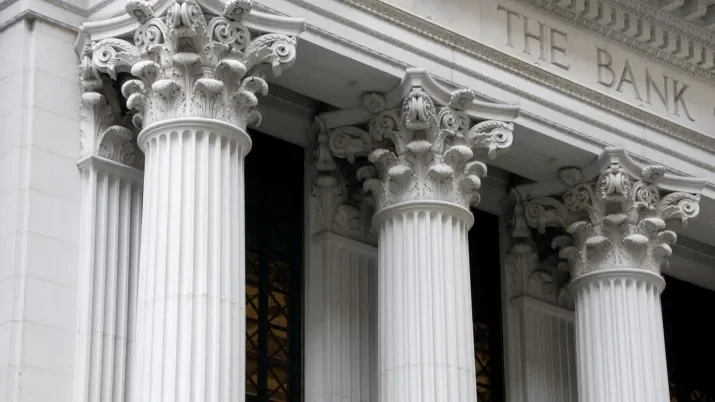Widening spreads are not the only consideration for AT1 investors
TwentyFour
Given the widening of spreads in Additional Tier 1 (AT1) bonds, in line with general spread widening across all of credit, the prospect of AT1s not being called on their first call date is beginning to generate a few headlines again. Of course, the difference between the spread an issuer will pay if they leave a bond outstanding (revisionary spread) and the spread they will pay if they call and re-issue a new bond is important, but it's not the only consideration. Other factors are also important, including if the borrower is a frequent issuer and the call structure of the bond.
To recap, the spread environment when a bond is issued determines the revisionary spread. So, if a bond extends beyond its call date, the reversionary coupon will equate to the original spread at the time of issuance over the current five-year swap or relevant five-year government bond yield. For example, in January 2018 the COCO index had a spread of just 249bp ( a five-year low for the index), but climbed to around 475bp by Jan 2019. This impact is evident when comparing two AT1 issues by UBS. The UBS 5% dollar AT1, issued in January 2018, with a five year call, will have a revisionary rate of 2.432% over the dollar five year Swap rate in January 2023. Meanwhile, the UBS 7% dollar AT1, issued in Jan 2019, also with a five year call, will have a revisionary rate of 4.344% over the dollar five year Swap rate in January 2024, almost 200bp higher. However, market conditions for refinancing could be very different between the two dates.
In theory, if a bank can't refinance a new bond at, or very close to, the revisionary spread of the bond being called, it might appear rational to think that the issuer would be tempted to leave the existing bond outstanding. In other words, extend beyond the bond's call date. However, not calling to save a few basis points, or even a lot of basis points, on one bond isn't logical if you are a frequent issuer. Saving on one bond, but being forced to pay a higher spread in the future on all of your debt, could be a costly decision long term; call reputation matters. In addition, most large, frequent issuers typically hold more capital than required because they pre-fund upcoming calls when conditions are favourable, avoiding an urgent requirement to issue debt in unfavourable conditions.
Nevertheless, despite the reputational incentives to call, banks are not going to pay up excessively in unfavourable conditions, and it is then that the call structures become very important. If an issuer doesn't call a bond, there will be a fixed schedule to call its bond after that, which can be daily, quarterly, yearly or every five years. In addition, a bank has more latitude to exploit favourable market conditions as the call option increases in frequency. If a bank leaves a bond outstanding when spreads are high but are subsequently locked into a bond that is only callable every five years, the bond may eventually look very expensive if spreads tighten again. The impact on the price for investors is also significant because the prices of frequently callable bonds are less likely to stray too far below par. Who will sell a bond at 95 when it might get called at par in a month? Consider what happened when Santander announced its intention not to call its 6.25% AT1 in Feb 2019; the bond was trading within 50 cents of its pre-announcement price within one day. On the other hand, a five-yearly callable bond could see a more sizable move in price. In this regard, the decision to issue bonds only callable every five years appears odd because they are inflexible for the issuer and provide little obvious benefit to investors.
In the present challenging environment, the debate on calls versus non-calls will likely continue. In the meantime, we continue to see banks issuing at spreads reasonably higher than the revisionary rates on bonds being called, as highlighted in our blog last week . We are also seeing banks being allowed to tender for existing bonds, such as Virgin Money, which tendered for its 8% coupon AT1 and issued a new bond at 8.25% this week.
Regulators are unlikely to want to get involved in the call/non-call process unless the issuer is capital constrained, and it's going to be interesting to see how borrowers react to their calls. Still, for bonds with frequent call schedules, the price action is likely to remain relatively subdued, as demonstrated by Santander in 2019.



